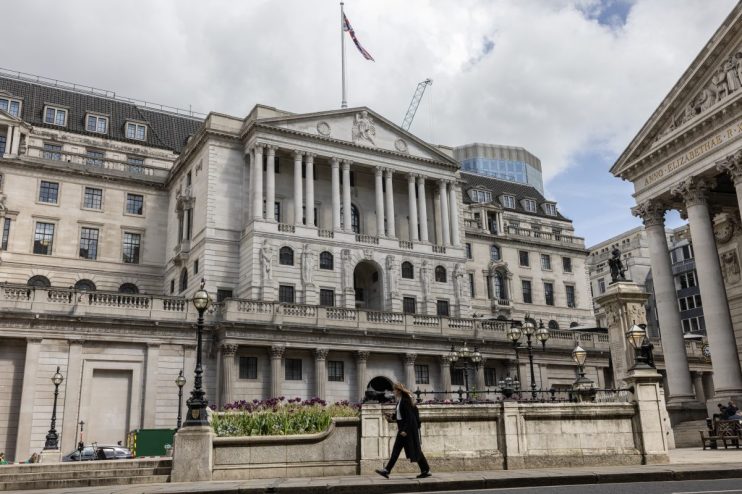Bank unlikely to pause rate hikes despite 28,000 insolvencies forecast for 2024

Over 28,000 firms could go under next year due to the burden of higher interest rates, a top think tank has warned.
The higher cost of borrowing will lead to 7,000 insolvencies a quarter, a 70 per cent increase on the pre-pandemic average, according to research from the Centre for Economics and Business Research (Cebr).
“Many businesses took on debt during the pandemic in order to survive, particularly in sectors such as retail and hospitality,” the think tank said. “These businesses saw a post-pandemic boom in demand, but many are likely to still be repaying loans.”
The Bank of England has hiked interest rates 14 times in a row, bringing the base rate to a post-financial crisis high of 5.25 per cent, forcing businesses looking to refinance to pay substantially more.
This has already caused a spike in insolvencies. In the second quarter of this year there were 6,342 insolvencies, the highest total since the second quarter of 2009.
Across this year, Cebr forecast that there will be 26,700 insolvencies, warning “the worst is yet to come in terms of borrowing costs” as it predicts the Bank of England will hike interest rates further, bringing interest rates to a peak of 5.75 per cent.
Martin McTague, chair of the Federation of Small Businesses (FSB), said that the insolvencies forecast should be a “red flag for the Bank of England nudging them to exercise great caution when considering any further rate hikes.”
“This is an increasingly punishing climate, where financial pressures are reaching a boiling point,” he cautioned.
However, Matthew Oxenford from The Economist Intelligence Unit (EIU) said that a rise in insolvencies could actually improve the UK’s economic performance.
“Insolvencies have already increased significantly in 2022 and 2023 as interest rates rose, and after a decade of near-zero interest rates, the insolvency of many ‘zombie’ companies – which are reliant on low debt servicing costs to survive – may improve productivity in the medium term,” he said.
One economist told City A.M. that while the Bank of England was “acutely aware of the possibility of inflicting unnecessary damage on employment and growth” with high rates, the Cebr’s insolvencies forecast was unlikely to significantly impact its decisions in the short term.
The rising number of insolvencies is likely to be indicative of a looming downturn in the economy, the Cebr said, which thinks the UK economy will go into recession at the turn of the year. The think tank noted that this might prompt the Bank to cut interest rates next year, but warned that rates will stand “far above recent norms” for some time to come.
The insolvency predictions come despite positive revisions to the UK’s economic performance last week, which showed the UK’s recovery from Covid-19 was far stronger than originally thought.
Gross domestic product (GDP) growth figures were up 0.6 per cent on pre-pandemic levels by the fourth quarter of 2021, giving it the third strongest recovery among G7 nations.
In July, the economy grew 0.5 per cent – faster than economists had predicted.